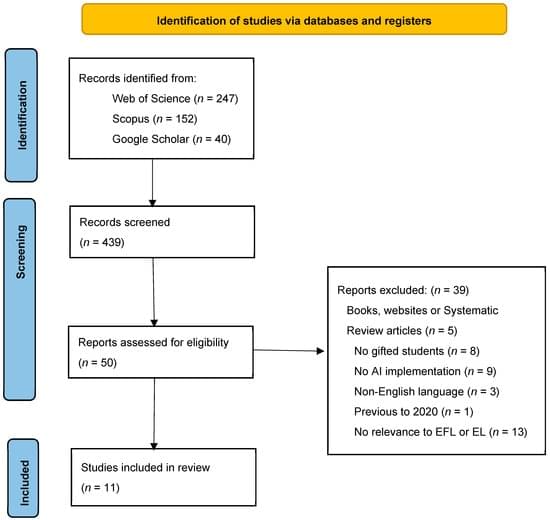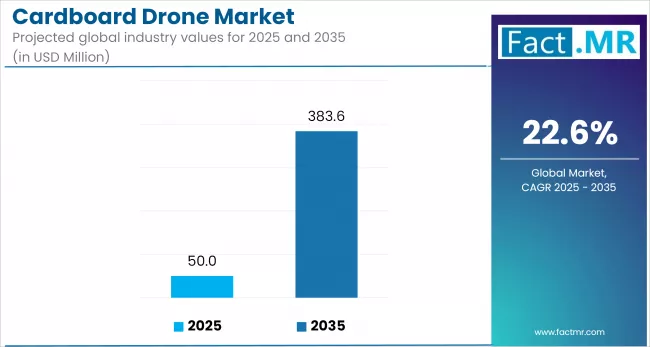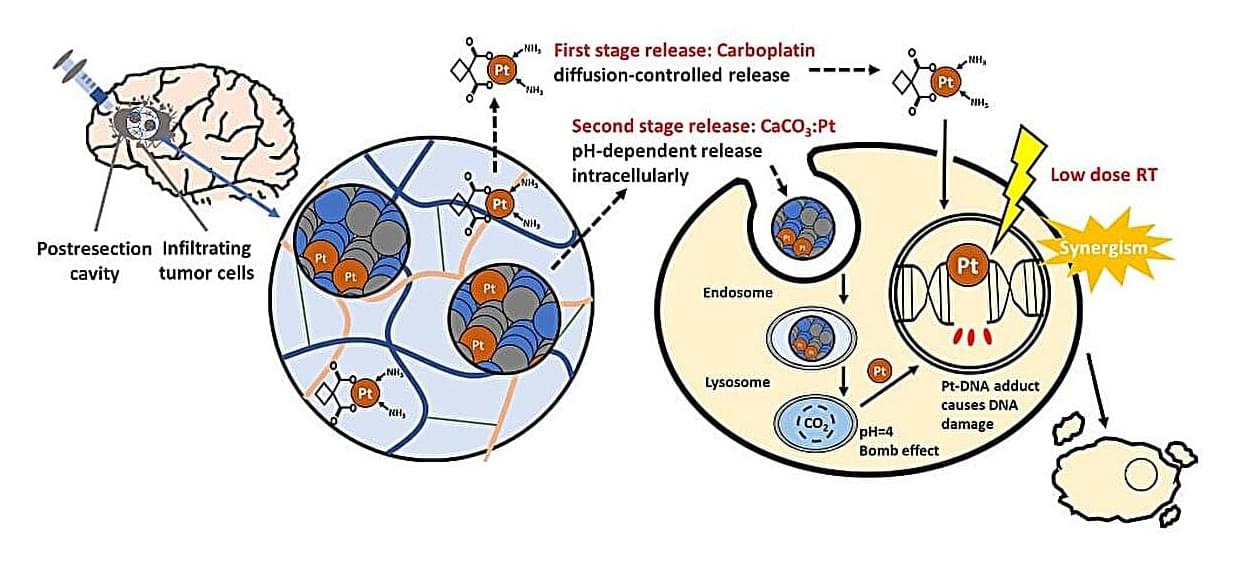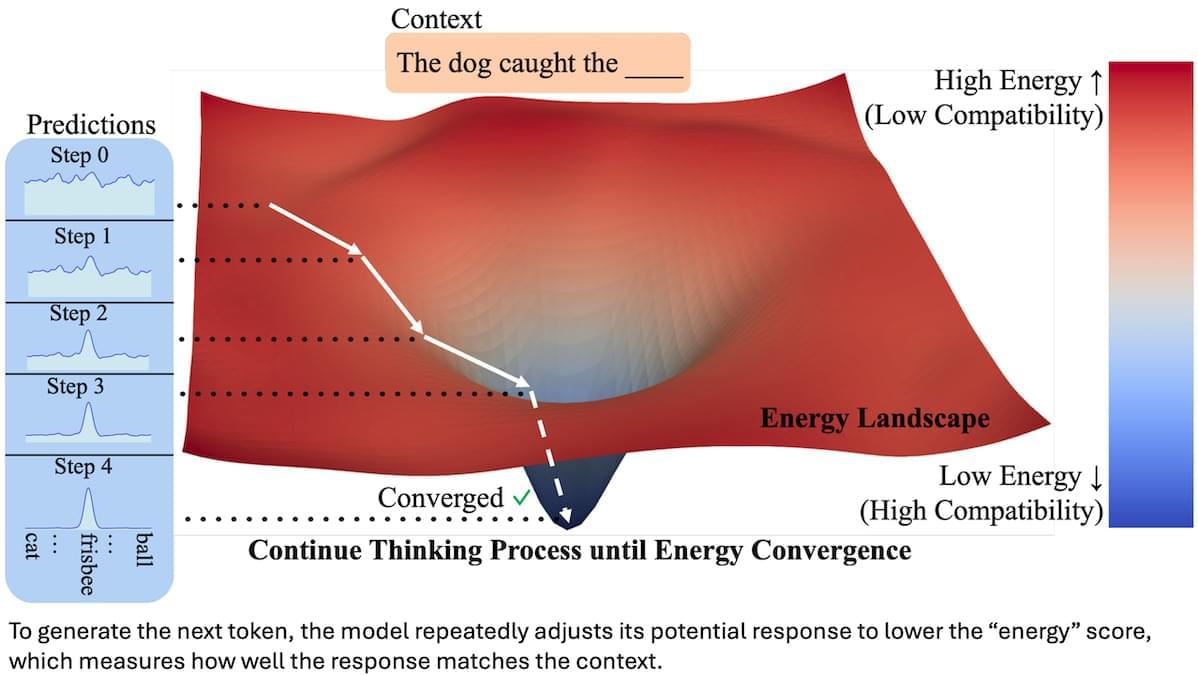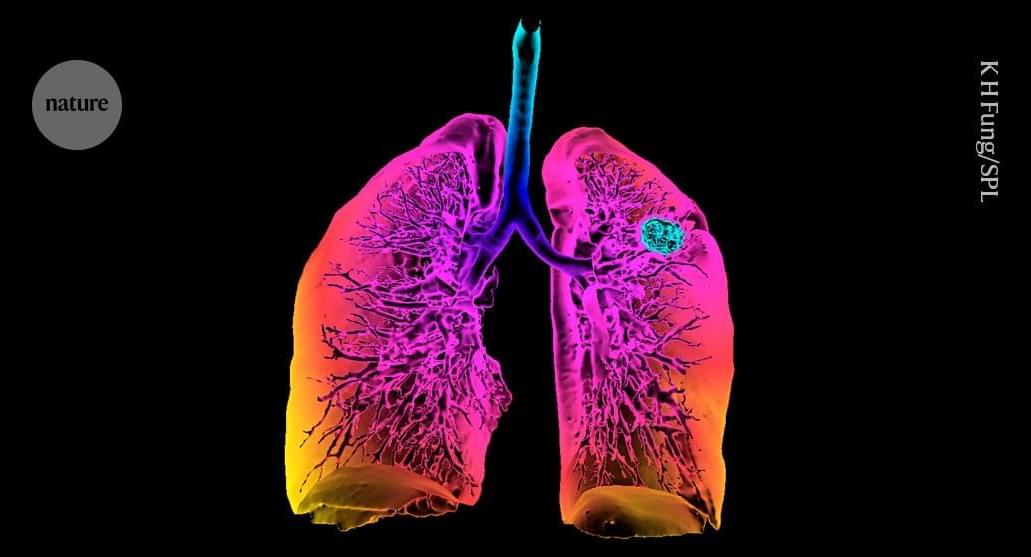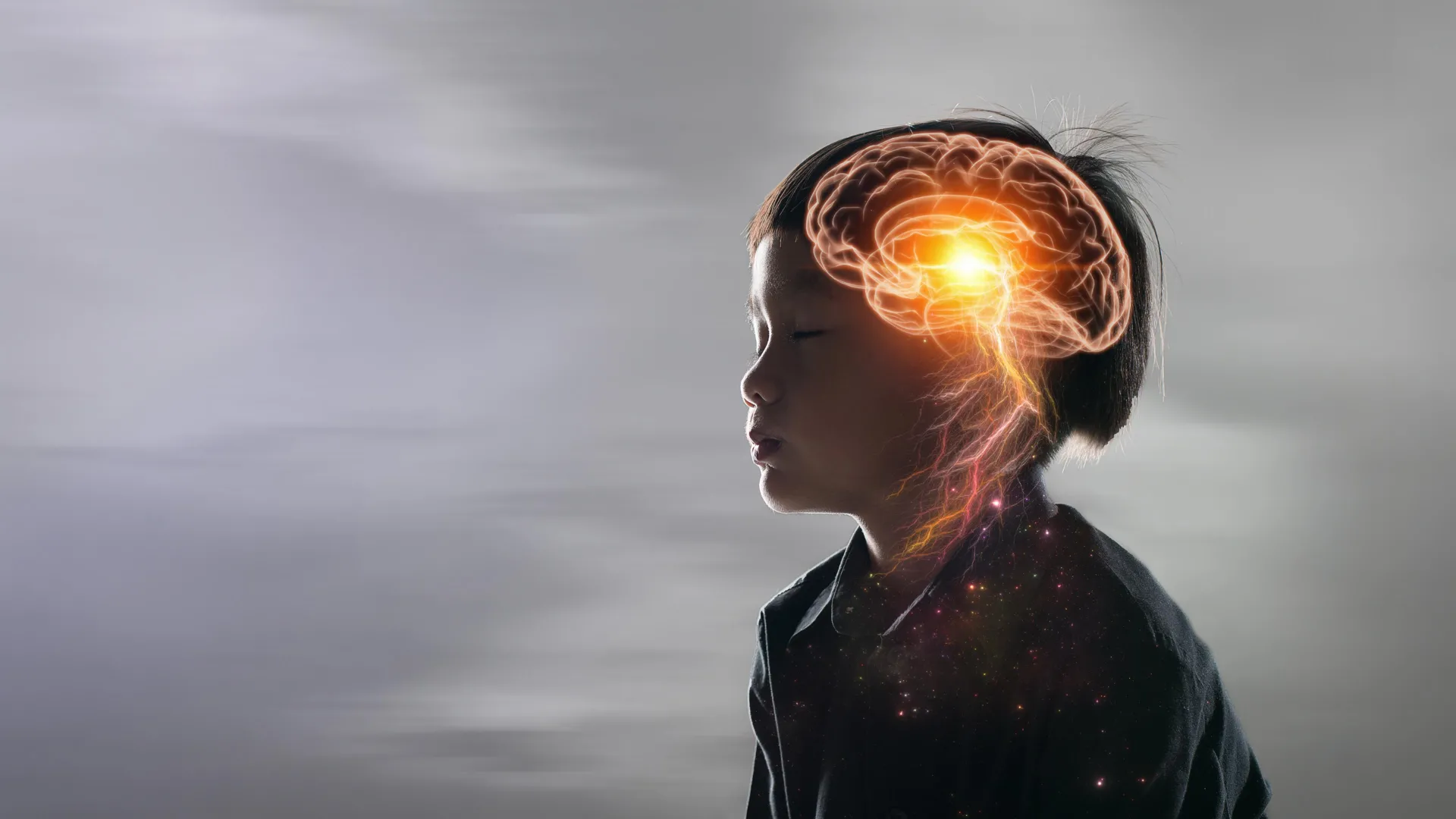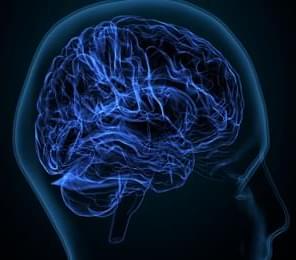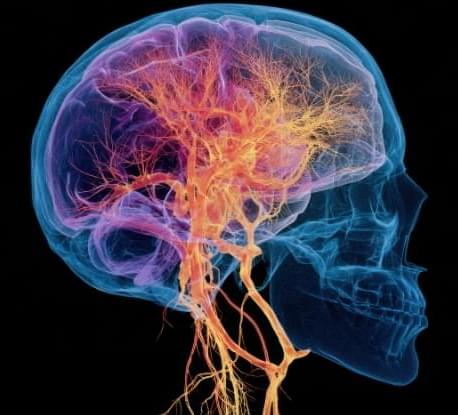There is a growing body of literature that focuses on the applicability of artificial intelligence (AI) in English as a Foreign Language (EFL) and English Language (EL) classrooms; however, educational application of AI in the EFL and EL classroom for gifted students presents a new paradigm. This paper explores the existing research to highlight current practices and future possibilities of AI for teaching EFL and EL to address gifted students’ special needs. In general, the uses of AI are being established for class instruction and intervention; nevertheless, there is still uncertainty about practitioner use of AI with gifted students in EFL and EL classrooms. This review identifies 42 examples of GenAI Models that can be used in gifted EFL and EL classrooms.
